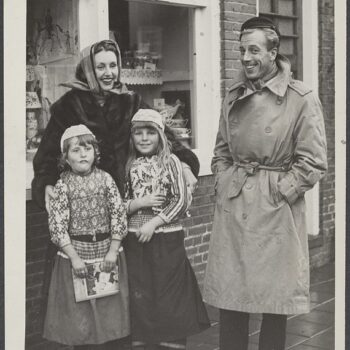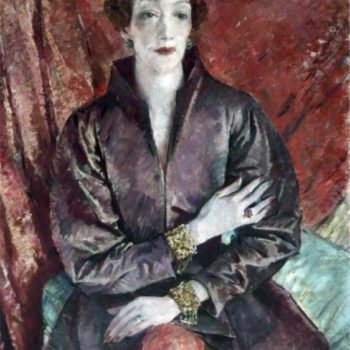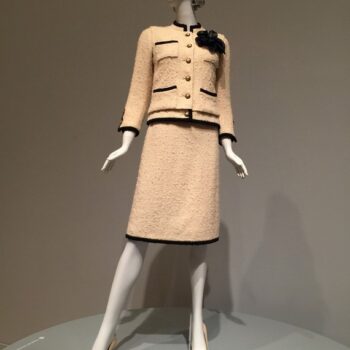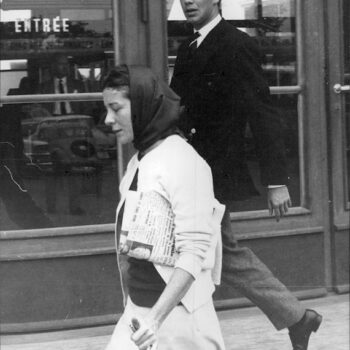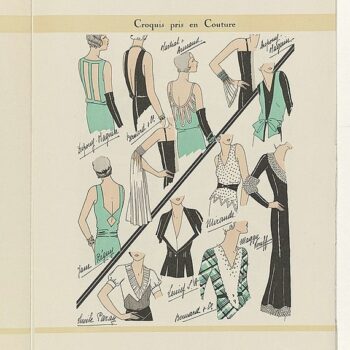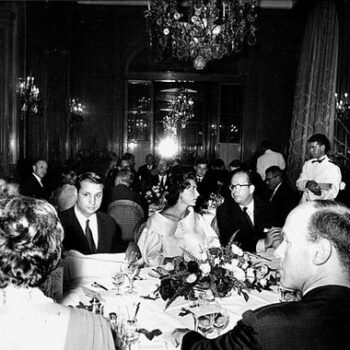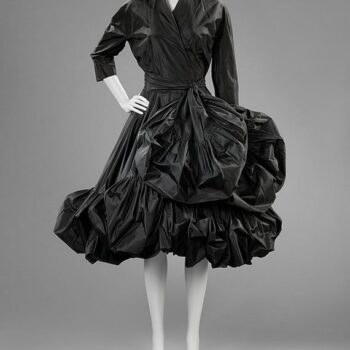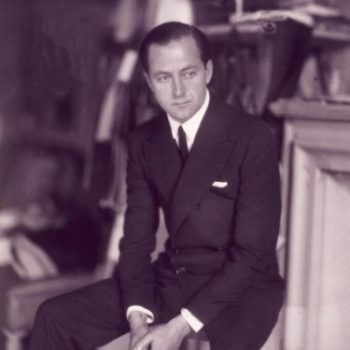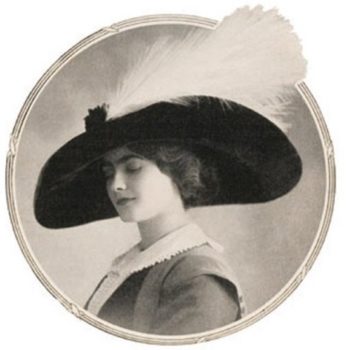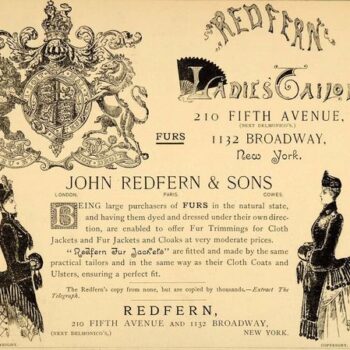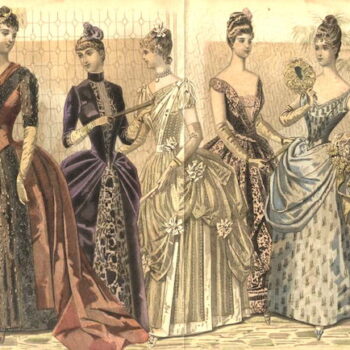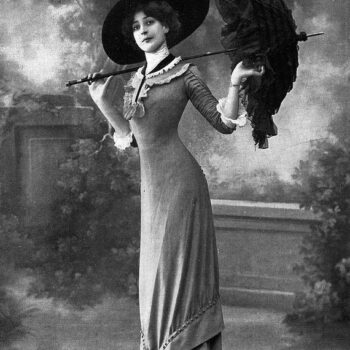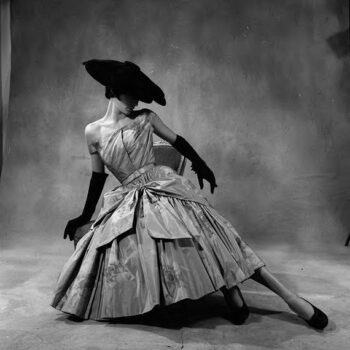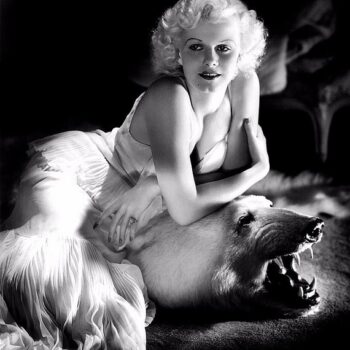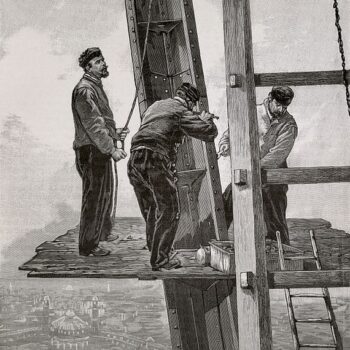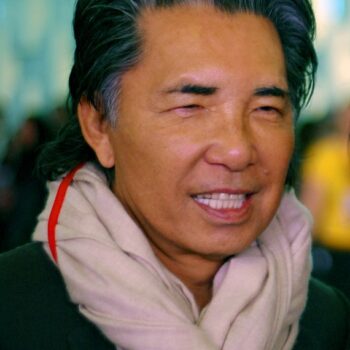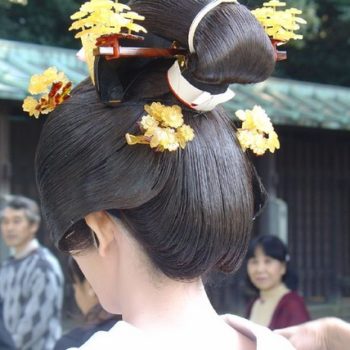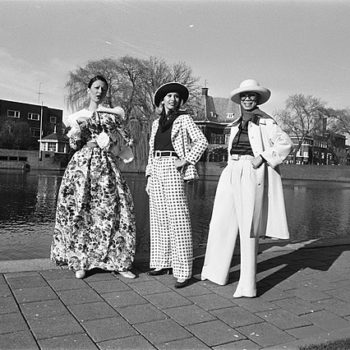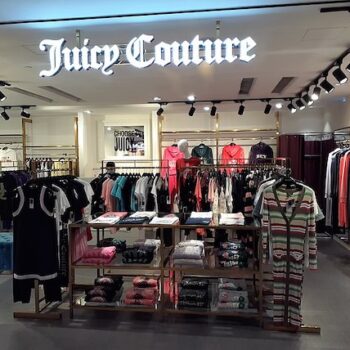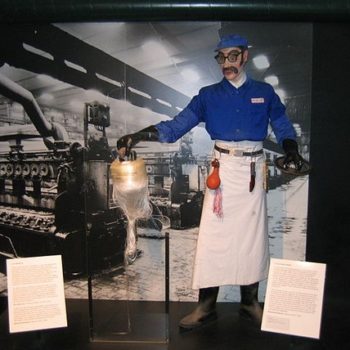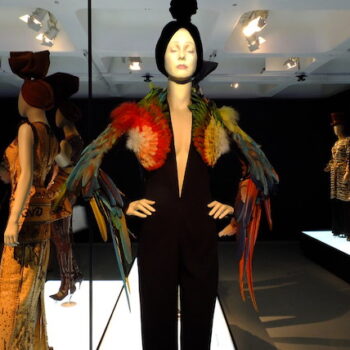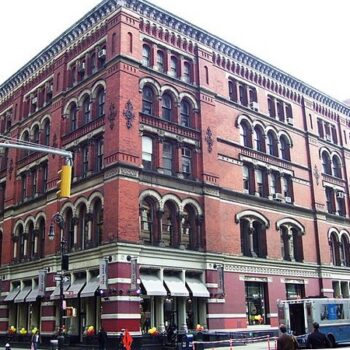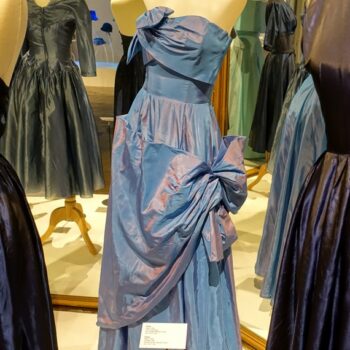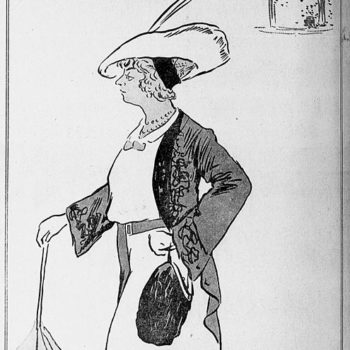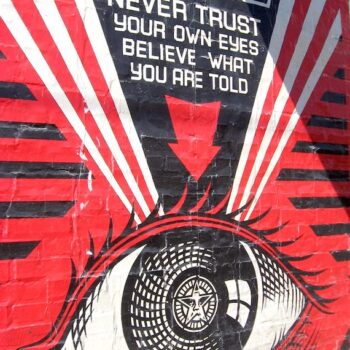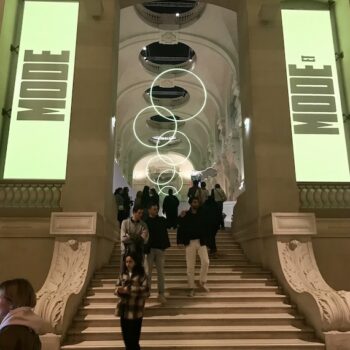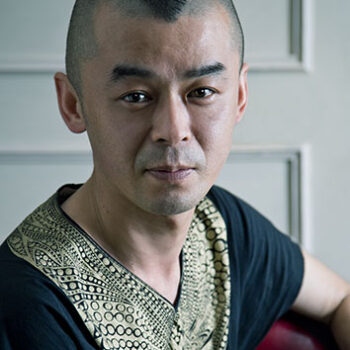Jenny – French Fashion Designer
July 7, 2016“I was not even born in the business, and I have never been a working girl. In fact I studied to become a history professor. I was utterly bored by it all, so I just let it drop and entered a big dressmaker’s to learn the trade. One day I set myself up in business, and that’s all.” This is how one of the biggest names in womens 1920s fashion, Jenny, described her entry into couture.
Jenny Sacerdote – 1908-1940
A Genius of 1920s fashion
It is amazing that so little is known of this highly influential fashion designer, and so little of her work seems to remain in public collections. Womens 20s fashion was dominated by her design ideas across not just the highest echelons of London, Paris and New York, but right across Europe, Britain and America. Most 1920s fashion-minded women had Jenny-influenced dresses.It wasn’t just socialites who enjoyed her clean lines and fairly minimal garments enlivened by tasteful trimmings. Her most famous outfit was “the little grey suit”, an outfit that was chic and practical and a style that was worn by many fashionable women. It was created a few years before Chanel claimed the better remembered “little black dress”.
The simplicity of the cut meant that they were easy to copy by both licensed and unlicensed manufacturers alike. Consequently it’s not hard to see why so many items of 1920s ladies fashion became “The Jenny”. There was a way of wearing a thin, loosely knotted scarf that was a “Jenny Scarf”, although not made by the label, and anyone wearing flared flounce or peplum beneath a drop waist was wearing the Jenny style. Boat neck tops, gauntlet gloves, bias binding, and a widely copied black dress with an asymmetrical, rippling white jabot down one side were also as Jenny as they come.
Jenny’s background
It’s true that this genius of fashion in the 1920s was barely trained in fashion, and she was also neither a seamstress, a “modeliste” (Fashion designer), or had any kind of fashion background, other than being a very chic woman who wore her clothes well and had a distinct taste in fashion.
She was a designer in much the same way as Victoria Beckham started out, simply directing her team as to the ideas in her head for what she personally would like to wear. I’m not sure she even sketched the designs out first. Not only that, but she was aged thirty-nine when she entered the business, and forty-one when she opened her own house – an incredibly successful mid-career change. So successful that in 1926 the French government awarded her the Legion of Honour for her services to haute couture and the decorative arts. Jenny was only the second female in couture to win this accolade, the first being Jeanne Paquin in 1913.
Jenny Sacerdote
Jenny was born Jeanne-Adele Bernard at Perigueux, France, in 1868. (I confess slight amusement at how the quite common name, Jeanne, was anglicised into the equally common name in England, Jenny. Presumably it sounds chic to French ears, but normally it’s the other way around, and plain old English names are exoticised to something more Continental). Her married name, after she married Achille Sacerdote, was Jenny Sacerdote.
The founding of the label
She studied History at university, wishing to be a professor, but growing disillusioned she abandoned her plans, getting a job as a sales girl for the new house of Bechoff-David around 1907. She then became the Premiere (head of the sewing department) at the House of Paquin. By 1909 she was ready, and in 1909 she and her personal dressmaker Marie La Corre formed a business named Jenny, her nickname.
It was an immediate success, and in 1911 it was registered under the pair’s surnames as Bernard et La Corre, although the label name was still Jenny.
A stylish brand ambassador
Although she had wanted to be a teacher, Jenny herself was anything but dowdy and dull. Inherently chic, she had always moved among the beautiful people, partying among fashionable cafe society and it was no doubt these connections which helped to launch her brand, much like the fact that Chanel’s rich friends (who for Chanel, included several stage stars) being seen around society hotspots in her designs boosted her boutique in its infancy.
Also like Chanel, whose brand was launched a couple of years later, her designs captured the public imagination through their youthful simplicity and focus on comfort. And like Chanel, Jenny was the perfect brand ambassador, being small, slender and pretty, with dark hair and eyes.With a penchant for wearing sophisticated browns which suited her complexion, often edged in rose-pink or copper along with flamboyant jewellery. (Unlike Chanel, there is no hint that she was set up in business by her lovers – she was married and apparently perfectly respectable. Probably, in view of the fact that she moved in society before she set up her label, she had a private income.)
Jenny Sacerdote – A unique atelier
Jenny had a villa in Nice and a castle in the French countryside, which was famous for its lavish rose gardens and where she threw huge parties.
By 1914 she also owned her atelier, which was the first purpose-built fashion house in Paris with showrooms and huge windowed workrooms for the in-house seamstresses. Before this, fashion designers had simply moved into existing buildings, often apartment blocks ill adapted for their needs.
Popular with Vogue
From about 1913 onwards Jenny the designer also became quite famous, the precursor to Victoria Beckham in more ways than one. Photos and caricatures often appeared of her not only in fashion magazines but in the popular press, too. Illustrations and caricatures were far more common in both at the time, and the intention was not necessarily to mock or savage the subject, although sometimes this was the case. There were full-page articles about her and her new salon, as well as gossip about where she had been and with whom, and what she was wearing at the time. Not much different from the Daily Mail of today then.
Of course, as well as illustrations of herself, her designs featured heavily in magazines in fashion plates in the classic style alongside clothing designers like Worth and Lucien Lelong. She was also in a position to take out full-page adverts in Vogue, so it is not a great surprise that they featured her so enthusiastically.One Vogue article gushed that her clientele was “chiefly composed of Parisians who appreciate refinement and conservatism,” and that the clever simplicity of her gowns ensured that the label was “a new star in the Parisian constellation… [and was] among the most important houses in Paris.”
“Though keeping in view the purity of line in designing my collections I give careful attention to all the important details.” she explained to the magazine.
Texture and colours
The House of Jenny specialised in evening gowns and afternoon wear and that is where she built her reputation.Like many successful companies of the time she also expanded into underwear, sportswear, furs and accessories. Her favourite colours for designs were shades of dull pink: old rose, ash pink, and orchid pink are common descriptions alongside red and green (sometimes together) and a constellation of browns. She also liked to play with texture in a subtle way: the shiny side of a satin was often used alongside panels in its dull reverse to make a self coloured design.
The first world war
Although many Parisian fashion houses suffered greatly in the first world war, some closing temporarily or even permanently, or having to reduce production dramatically because of fabric restrictions, a lack of money to make couture, and a lack of desire of people who had cash to ostentatiously flash it on designer frocks, (Paul Poiret’s House never recovered after the designer himself was called up and had to leave his business) the House of Jenny not only survived it but grew.
Again like Chanel, thanks to her forward-looking modern designs, mostly free from those fussy flourishes which were the downfall of other brands she already had a great market in America, which, let’s not forget, is the home of sportswear and minimal, easy-to-wear design.
Morris de Camp Crawford, Women’s Wear Daily editor during those years reported that “Mme. Jenny’s salon on the Champs Elysees was crowded with buyers from New York. She was the joy of our wholesale trade since her models (designs) were easy to reproduce, yet with trimming enough to appeal to our fancy.” Jenny turned a huge profit in the war years, becoming the most imported Parisian label in America.
Modern simplicity
After the war her influence increased still further, having hit the right note throughout the hostilities. Though surface ornamentation in the form of beading and sequins gradually came back into favour and Jenny kept up with those trends, her influence in the simple cut of flapper dresses in 1920s clothing fashion remained.
Vogue wrote that she “comes as close to anyone else to being the chief inspirer of modern simplicity in dress.” The magazine also regarded her as “one of the most distinguished and distinctive figures in Paris dressmaking.”
Promotional gambits
Having been chosen for the Panama-Pacific International Exposition in San Francisco in 1915, Jenny was also exhibited at and won the Grand Prix d’Elegance in both 1927 and 1928. She was as canny, business wise, as any of her competitors and both joined the Le Syndicat de Défense de la Grande Couture Française (The Union in Defence of Great French Couture), which was set up to battle illegal copies of Parisian couture, and commercially endorsed certain products, lending her name to a range of rayon fabrics in 1929.
Her designs were the height of fashion until that year, when at the top of her game the US stock market crashed. Since Jenny relied so much on business from America, she lost the majority of her customers and investors in one fell swoop. The business downsized and a merger with Lucile Paray occurred in 1937, at which point she left the business, her business partner Marie La Corre having already resigned in 1930. Lucile Paray-Jenny didn’t work out, and the business went into liquidation in 1940.





